Losing teeth is part of childhood. For adults, however, missing molars or broken incisors require a man-made solution in the form of dentures or implants. Using dental stem cells to grow new teeth and jawbone would have advantages over existing tooth-replacement techniques, and could even be used to reconstruct a patient’s jaw after a severe injury or disease, according to a researcher at Tufts School of Dental Medicine who is trying to do just that.
Pam Yelick, G89, a professor of orthodontics and director of the division of craniofacial and molecular genetics, and her colleagues are developing ways to grow healthy new teeth and bone from dental stem cells—a type of “universal cell” that can morph into many different types of oral tissue.
After harvesting the stem cells from healthy adult tooth pulp, Yelick’s team isolates them in the lab and gradually coaxes them into forming new tooth buds, the tiny clusters of soft tissue that eventually grow into a mature tooth.
It’s a revolutionary new way of treating damaged or missing teeth. Tooth buds, she says, are incredibly complex—they form only in conditions that mimic an embryonic jaw, in which bone, tooth, soft palate and gums are beginning to take shape.
Using stem cells is also a better solution than dentures, which some patients find uncomfortable or fixed titanium implants, which “create a totally artificial situation,” Yelick says.
Because an implant can’t move, the repeated impact of chewing is transferred directly to the jawbone and surrounding teeth, causing gradual bone loss. “If you could instead implant living, vascularized tooth in the jaw, that could be a much better option,” says Yelick, who also holds faculty appointments at the Sackler School of Graduate Biomedical Sciences, the School of Medicine and the School of Engineering at Tufts.
Just as in a developing human embryo, dental stem cells must receive the right mixture of nutrients and growth hormones at precisely the right times. It’s nearly impossible to do that in petri dish, however. Instead, for the cells to grow into tooth bud tissue, they’re placed on a “scaffold,” a biological environment that mimics the three-dimensional structure of tooth buds as they form in an embryo.
Getting that structure just right is a big part of Yelick’s challenge. For the cells to grow effectively, the scaffold needs to have the exact shape and elasticity of real embryonic tissue.
Her team is still experimenting with designing the right scaffold; testing materials ranging from polyester to silk—which can be formed into complex structures, yet degrade easily in the body—to find the best configuration.
Their work looks promising. Over the past several years, Yelick and her research team have used these scaffolds to develop tooth buds, implanted them in pig jaws and watched them develop into early-stage adult teeth over the course of five months.
It’s an encouraging sign, but she quickly notes that it will be years before we will be able to grow our own replacement teeth.
Reprinted with permission, Tufts Dental Medicine magazine, ©2017 Tufts University. http://sites.tufts.edu/dental/winter-2016/grow-your-own/
SENDAI, Japan: Periodontitis is a common oral disease that affects the oral health of many people with serious effects. A new research from Japan proposes a...
Even teeth deemed hopeless have been salvaged through thorough periodontal care and diligent supportive treatment. Patients treated for aggressive ...
The first data on dental fillings that can actively repair tooth decay as presented by Professor Robert Hill, who is the Chair of Physical Sciences at the ...
HONG KONG: Dentists are all too familiar with the negative effects that stress can have on the oral cavity; however, a recent study by a team of researchers...
When you think of Alexa, the first thing that comes to mind is how it plays the music of our choice, sets reminders, and tells us about the weather. Now ...
Our interest in the significance of T-cell immunity in fighting SARS-CoV-2 infection and in providing resistance to re-infection is only growing more. Now, ...
The prospects of green, eco-friendly, sustainable dental practices are the need of the hour which necessitates the reuse and recycling of dental waste e.g. ...
HONG KONG: Even with the support of modern CAD/CAM technology, creating a dental prosthesis is still rather time-consuming, resulting in more chair time and...
VLADIVOSTOK, Russia: Dentists and histologists from the Far Eastern Federal University (FEFU) have discovered cells that may be responsible for the human ...
Live webinar
Wed. 14 January 2026
10:30 pm IST (New Delhi)
Dr. Théo Laplane, Dr. Robert Gottlander DDS
Live webinar
Fri. 16 January 2026
10:30 pm IST (New Delhi)
Live webinar
Mon. 19 January 2026
11:30 pm IST (New Delhi)
Philipp Kopp, Michael Seeber
Live webinar
Thu. 22 January 2026
7:30 pm IST (New Delhi)
Prof. Judith Jones D.D.S; M.P.H., Prof. Kakuhiro Fukai D.D.S., Ph.D, Dr. Bathsheba (Bethy) Turton
Live webinar
Fri. 23 January 2026
12:30 am IST (New Delhi)
Dr. Nicola M. Grande DDS, PhD
Live webinar
Wed. 28 January 2026
6:30 pm IST (New Delhi)
Live webinar
Wed. 28 January 2026
9:30 pm IST (New Delhi)
Prof. Dr. Jan-Frederik Güth



 Austria / Österreich
Austria / Österreich
 Bosnia and Herzegovina / Босна и Херцеговина
Bosnia and Herzegovina / Босна и Херцеговина
 Bulgaria / България
Bulgaria / България
 Croatia / Hrvatska
Croatia / Hrvatska
 Czech Republic & Slovakia / Česká republika & Slovensko
Czech Republic & Slovakia / Česká republika & Slovensko
 France / France
France / France
 Germany / Deutschland
Germany / Deutschland
 Greece / ΕΛΛΑΔΑ
Greece / ΕΛΛΑΔΑ
 Hungary / Hungary
Hungary / Hungary
 Italy / Italia
Italy / Italia
 Netherlands / Nederland
Netherlands / Nederland
 Nordic / Nordic
Nordic / Nordic
 Poland / Polska
Poland / Polska
 Portugal / Portugal
Portugal / Portugal
 Romania & Moldova / România & Moldova
Romania & Moldova / România & Moldova
 Slovenia / Slovenija
Slovenia / Slovenija
 Serbia & Montenegro / Србија и Црна Гора
Serbia & Montenegro / Србија и Црна Гора
 Spain / España
Spain / España
 Switzerland / Schweiz
Switzerland / Schweiz
 Turkey / Türkiye
Turkey / Türkiye
 UK & Ireland / UK & Ireland
UK & Ireland / UK & Ireland
 International / International
International / International
 Brazil / Brasil
Brazil / Brasil
 Canada / Canada
Canada / Canada
 Latin America / Latinoamérica
Latin America / Latinoamérica
 USA / USA
USA / USA
 China / 中国
China / 中国
 Pakistan / Pākistān
Pakistan / Pākistān
 Vietnam / Việt Nam
Vietnam / Việt Nam
 ASEAN / ASEAN
ASEAN / ASEAN
 Israel / מְדִינַת יִשְׂרָאֵל
Israel / מְדִינַת יִשְׂרָאֵל
 Algeria, Morocco & Tunisia / الجزائر والمغرب وتونس
Algeria, Morocco & Tunisia / الجزائر والمغرب وتونس
 Middle East / Middle East
Middle East / Middle East
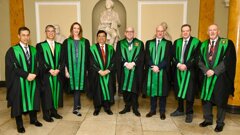
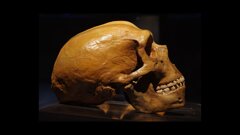

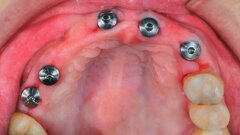
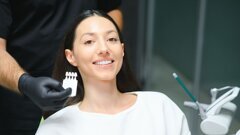

























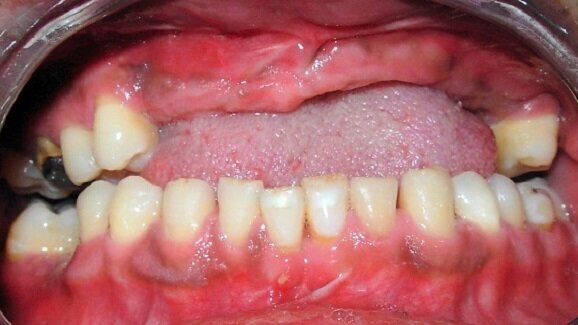



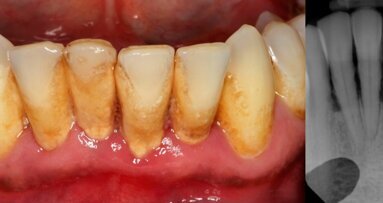
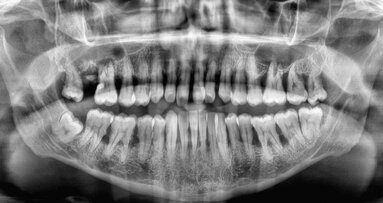



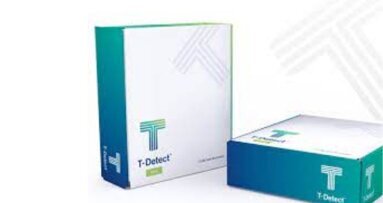
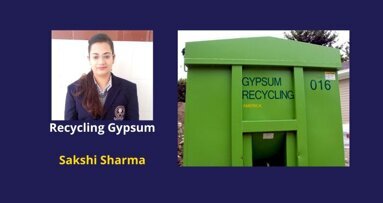
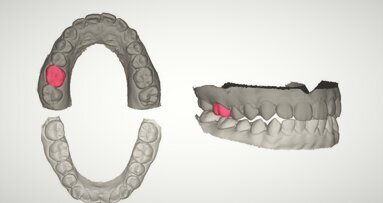
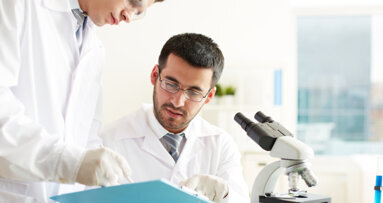

















Please tell me I hade root canal on my teeth Kya wo regrow hoskta h kua
I have TMJ issues due to a no longer anatomically correct jaw as a result of the unnecessary removal of my fully erupted wisdom teeth. I’ll be glad to have a conversation about regrowing my wisdom teeth in whatever capacity that could be possible. Having my wisdom teeth back would improve my life a great great day.